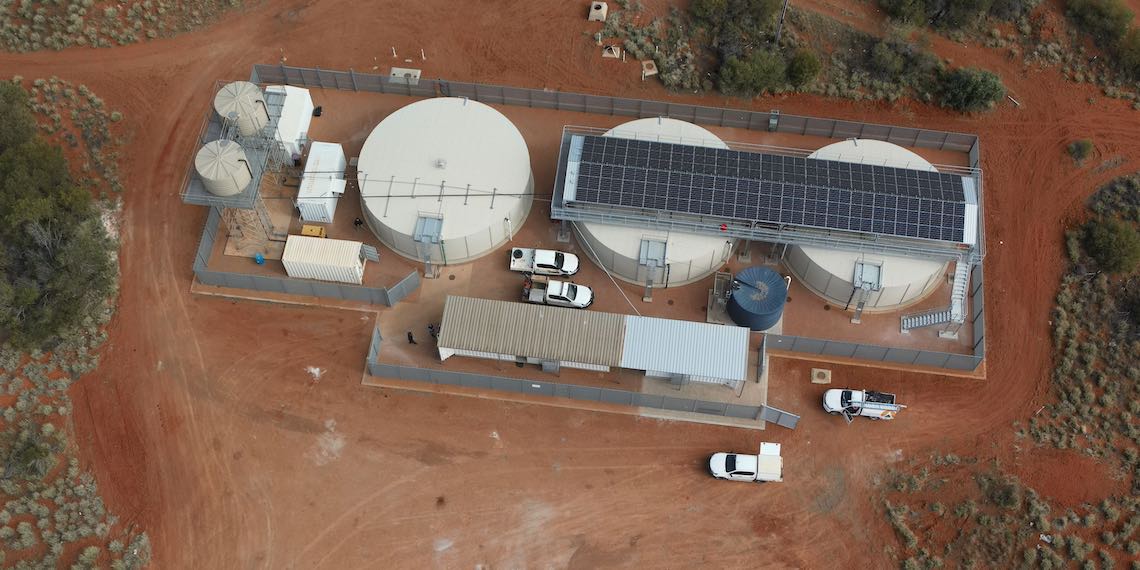The science behind water infrastructure
The National Water Grid’s science program plays a vital role in providing the evidence base to help guide the Australian Government’s investment in water infrastructure.
This scientific focus allows the National Water Grid to support effective and efficient use of water supplies. It also considers critical water infrastructure initiatives.
In the last year, 16 new science projects have commenced:
- One project will improve our understanding of parameter uncertainty on system yield in New South Wales.
- Eight projects look at either new technologies or technical improvements for water security in Western Australia, including for remote communities.
- One project aims to improve our estimates of catchment yields in Tasmania, to consider the future effects of climate change.
- One project is investigating the long-term viability of groundwater resources and water supply for Elliston in South Australia.
- One project is investigating the impacts of climate change on rainfall-recharge/rainfall-runoff (R-RE/R-RO) relationships across South Australia to assist in water policy development.
- Two projects in South Australia will improve how we learn about groundwater.
- This includes developing a groundwater education program that uses First Nations knowledge.
- One of these projects is adopting a nation-wide outlook. It aims to update groundwater modelling guidelines to support ongoing water management decision-making. Decisions that balance development proposals and infrastructure needs while also supporting existing use, the environment and cultural water.
- One project in the Northern Territory aims to establish a systematic methodology for describing Aboriginal water science features on Anmatyerre and Kaytetye Country within the Ti-Tree Paleochannel.
- One project in the Northern Territory is collecting high resolution LiDAR data to enhance Digital Elevation Models over priority surface water and groundwater planning extraction areas.
A further 8 projects have also recently been completed or are expected for completion shortly:
- Integrated water resource assessments in the Roper River, Victoria River and Southern Gulf catchments. These projects assessed:
- water availability
- existing uses and broader environmental values
- Indigenous aspirations
- water capture and storage options
- commercial viability of irrigated agriculture and other water uses.
- Optimising agricultural water uses of varying water qualities project in the Barossa Region – this has improved our understanding of the challenge of matching water demands in the region with volume and quality of available groundwater.
- Managed Aquifer Recharge (MAR) opportunities for agriculture in NSW and Investigations into solutions for addressing MAR clogging – these projects involved an investigation of potential areas for large-scale schemes. They also researched causes of, and operational solutions to, clogging of MAR systems.
- Improving the understanding of groundwater sustainability and renewability using isotope hydrochemistry in NSW.
- CSIRO is finalising a report that looks at a method to determine water resource needs for an Emerging Australian Hydrogen Industry, including assessment through 3 case study regions.
If you’re interested in learning more, visit the science program webpage or search the projects page.
Business Research and Innovation Initiative submission success
The Business Research and Innovation Initiative (BRII) is an avenue to seek innovative solutions to problems in public policy and service delivery.
This specific challenge seeks the innovative development of integrated renewable energy and water purification solutions. These solutions must be suitable for First Nations remote community needs. This means they need to withstand harsh environmental conditions with little maintenance.
The successful science program submission saw 5 successful applicants chosen to progress to the next stage. These applicants are now being tested to check their technical and commercial viability. From there, the 2 most successful applicants may then be chosen to develop a proof of concept directly with First Nations communities.
Further information is available on the BRII webpage.
Photo credit: SA Water

